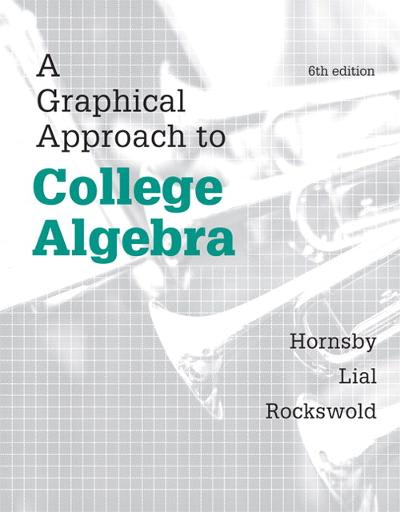Need help with answer within 10mins if possible I have 2 more questions I need help with that I need to post after this one thank you for helping me
An undergraduate student won an award for his study of students diagnosed with ADHD (Attention Deficit Hyperactivity Disorder). He showed that students with ADD performed significantly differently on a visual search task than did students who didn't have ADHD. The display he used for his search task contained letters positioned in various locations and orientations on a computer screen. The letters and their positions varied from trial to trial. The task of the participant ( the target appeared and the participant identified it in time), a "miss" ( the target anneared appeared among the letters. Each trial resulted in either a "hit" not identify it in time), a "false alarm" (there was no target but the participant stated there was one), or a "correct rejection" (there was no target and the participant stated this fact correctly). While attempting to get his study published in an a academic journal, the student was confronted with the following criticism: since he had used colored letters and backgrounds in his displays, couldn't the presence or at he presence or absence of color vision in the participants have prod or vision in the participants have produced some of the effects seen in the data? The student went back, tested his participants for colorblindness, and reanalyzed the data. He considered the variables color vision of participant ("colorblind" or "not colorblind") and trial outcome ("hit", "miss", "false alarm", or "correct rejection"). The contingency table below gives a summary of the data from 2000 trials of the experiment. Each of the trials was performed either by a colorblind participant or a non-colorblind participant. Each cell of the table cont umbers: the first number is the obser d cell frequency (fo); the second number is the expected cell frequency (f) under the assumption or vision of participant and trial outcome; and the third number is the following value. (So fe) _(Observed cell frequency - Expected cell frequency)" fe Expected cell frequency The numbers labeled "Total" are totals for observed frequency. Part 1 Fill in the missing values in the contingency table. Round your expected freq more decimal places, and round your (So fE) values to three JE or more decimal places. Send data to Excel Part 1 ( So - SE ) ? Fill in the missing values in the contingency table. Round your expected frequencies to two or more decimal places, and round your SE - values to three or more decimal places. Send data to Excel Trial outcome x ? Hit Miss False alarm Correct Total rejection 83 25 37 57 Colorblind 31.21 31.21 202 1.236 1.074 Color vision 652 284 272 590 participant Not colorblind 277.79 277.79 179 0.139 0.121 Total 735 309 309 647 2000 Part 2 Answer the following to summarize the test of the hypothesis that there is no dependence between the two variables color vision of participant and trial outcome. For your test, use the 0.10 level of significance. (a) Determine the type of test statistic to use. X ? Type of test statistic: (Choose one) V (b) Find the value of the test statistic. (Round to two or more decimal places.) (c) Find the p-value. (Round to three or more decimal places.) (d) Can we reject the hypothesis that there is no dependence between the variables color vision of participant and trial outcome? Use the 0.10 level of significance. O No







